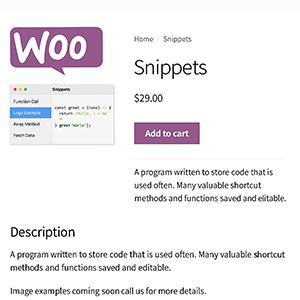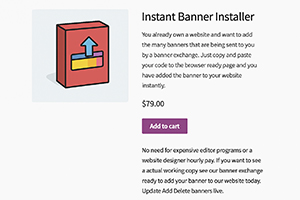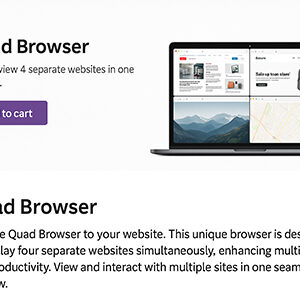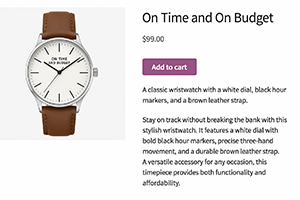Don’t Be Fooled by Fake Website Designers
Just because a company has a registered business name in the USA doesn’t mean they’re legitimate. In today’s digital age, anyone can look official — and many aren’t. Some will charm you over a phone call, take your money, and disappear. Others may hijack your data or domain name and hold it for ransom. Sound extreme? It’s not. It happens every day.
I’ve spent over 25 years navigating this terrain. I’ve seen clients taken advantage of by smooth-talking overseas firms and even so-called “American” companies that are just a front. Some register business names in Delaware, Michigan, or Wyoming — not because they operate there, but because the laws allow it. One quick search can often reveal the truth.
And then there’s typosquatting — a dirty trick used to steal search traffic by registering near-duplicate domain names (like removing an "s" or adding a dash). I’ve dealt with it firsthand. Back in 2004, I had enough evidence in 7 days to send the police to the door of a cybersquatter. Domain theft isn’t clever — it’s criminal.
These days, designers can use auto-generated search tools to monitor domain conflicts — but without SSH or real programming knowledge, those tools mean nothing. The truth is, you need to know what to look for.
Do your homework before you hire
- Run a WHOIS check on their domain
- Search the Copyright Registry for protected work
- Look for real experience, not just buzzwords
- Be cautious of designers who won’t give access to your site or emails
Ignorance is not a defense. If someone is infringing on your domain or branding, you have options — from cease and desist letters to full legal action. Just don’t wait too long. The longer you delay, the harder it is to recover visibility, ranking, and traffic.
One bad apple doesn’t mean the whole industry is rotten — but if you don’t know how to spot it, it’s going to rot your business from the inside out.
I built First Class Webs with security, reputation, and integrity at the core — and I don’t just design websites, I defend them.
[Insert 250x250 image here — use final image when ready]
It’s the act of registering a domain name that’s a misspelled version of an existing site — to siphon traffic or impersonate the original brand.
Run a WHOIS lookup and check if their business is legally registered and operating from the country they claim. Ask for proof of their work.
Yes. If you don’t have full control, they can reroute your site or hold your domain hostage. Always secure your own login credentials.
Some overseas entities register in U.S. states with lenient rules to appear legit. But they may have no real presence — or support — at all.
Gather all evidence, contact a qualified attorney, and consider reporting to ICANN or local authorities. The sooner you act, the better.






